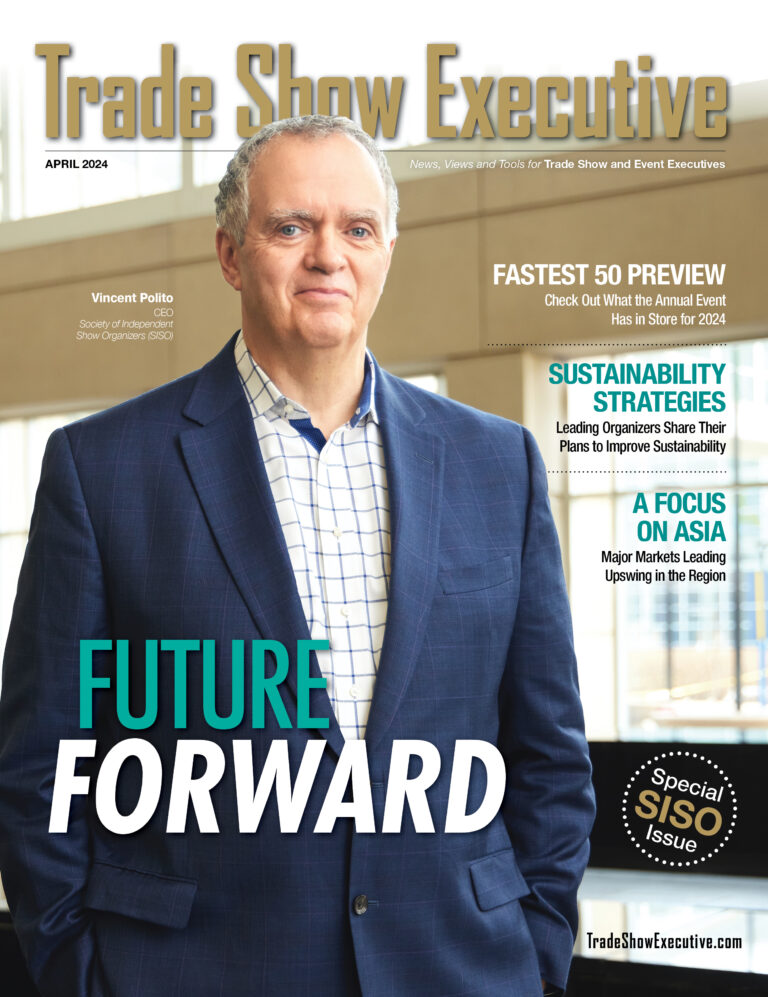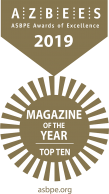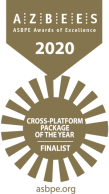New Orleans, LA – Missed opportunities brought on by the U.S. visa system, and the latest discoveries in the quest to grab the attention of the new generation of trade show attendees, were highlighted in new research from the Center for Exhibition Industry Research (CEIR).
The studies were unveiled and discussed in a session at the International Association of Exhibitions and Events’ (IAEE) Expo! Expo! in New Orleans.
The study looked into the often-maddeningly slow U.S. visa application process. The findings concluded that 116,000 international attendees and exhibitor staff were blocked from making the trip to U.S exhibitions for various reasons.
The cost to the U.S. economy was pegged at $2.4 billion in business sales, $2.6 billion when sales to foreign exhibitors are included. That $2.4 billion, the study concluded, includes $540 million in exhibit space and registration sales, and a $295 million boost in visitor spending.
Steven Hacker, president of IAEE, said the report quantified the long-running concerns of show organizers that the slow pace of the application process and the stringent focus on security has been a drag on the economy since September 11, 2001. “Keeping our borders secure should not be at the expense of keeping our economy open for business,” he said. “The U.S. will lose more sales to other countries if we continue on this path.”
Hacker said IAEE would turn the CEIR findings over to the Department of Homeland Security and other Federal agencies to help prod them into taking the steps necessary to make it simpler for international attendees to make it to U.S. trade shows.
The statistics were compiled from organizers from 47 of 200 exhibitions contacted by Oxford Economics on behalf of CEIR.
Courting the Next Generation
CEIR also announced the results of the second phase of its in-depth exploration of the attitudes and professional needs of the up-and-coming generation of trade show attendees.
The goal of the research was to give show organizers the inside track in the development of marketing communications that will convince Internet-oriented Millennial and Gen-X professionals to invest a week of their time to attend a live event. “The findings from this study will assist exhibition organizers and exhibit managers with planning their marketing and communications strategies for captivating a new audience of buyers and sellers using face-to-face opportunities to build their businesses and careers,” said Vicki Hennin, chair of the CEIR Research Committee and vice president of strategic marketing and business intelligence at Diversified Business Communications.
The study contacted 640 professionals in the 20-to-39 age group and sounded out their perceptions of trade shows and the types of communications that appeal to them.
Among the pointers:
- Be direct and tailor e-mails to smart phone formats;
- Emphasize new, cutting-edge products that will be on display;
- Highlight networking opportunities;
- Avoid e-mail attachments;
- Announcements about awards presented to senior industry figures have little appeal;
- Avoid clichés, jargon and the word “seminar,” which apparently sounds terribly dated.
Hennin said of the results, “We are delighted with the outcome. There is no question that the in-depth and honest responses received speak volumes to the ever-changing exhibition model and the shaping of the future of the industry.”
Reach Cathy Breden, executive director of CEIR at cbreden@ceir.org or (972) 687-9201; Adam Sacks, managing director, tourism economics, Oxford Economics Company, at (610) 995-9401 or adam@tourismeconomics.com; Vicki Hennin at (207) 842-5500 or vhennin@divcom.com











